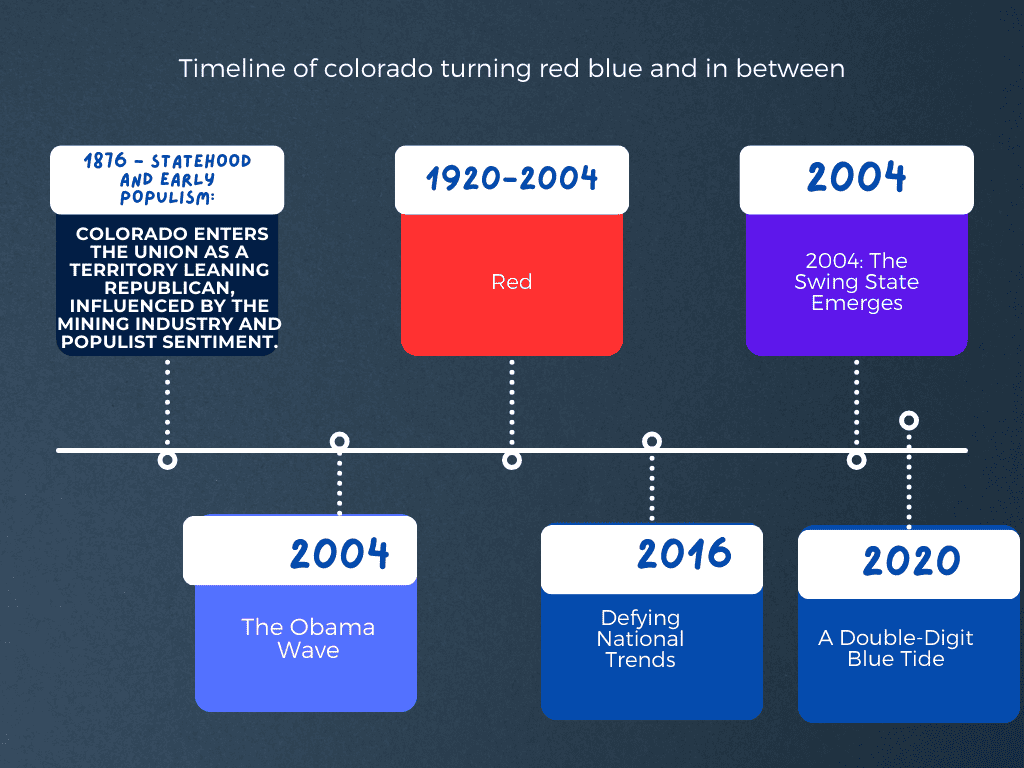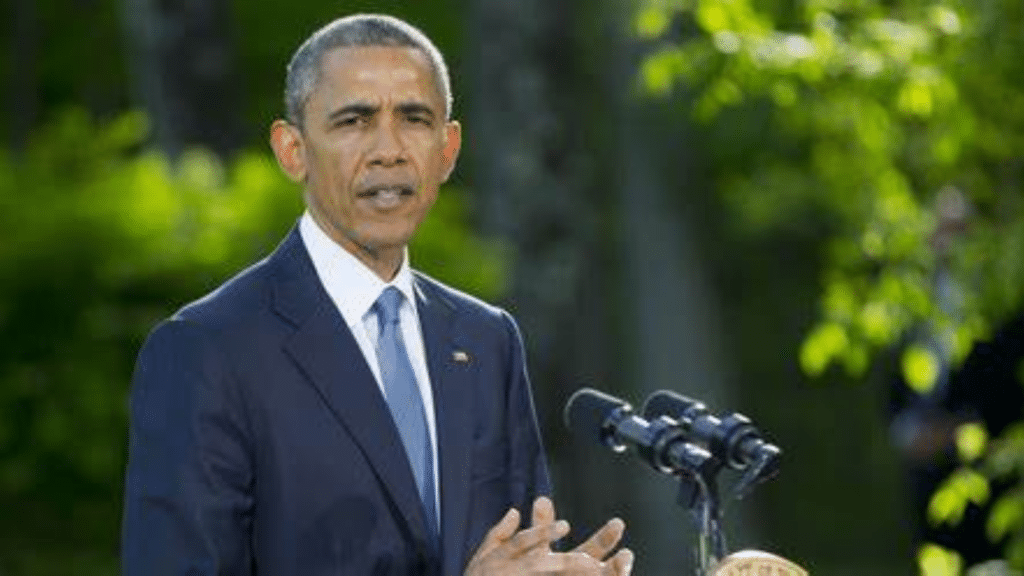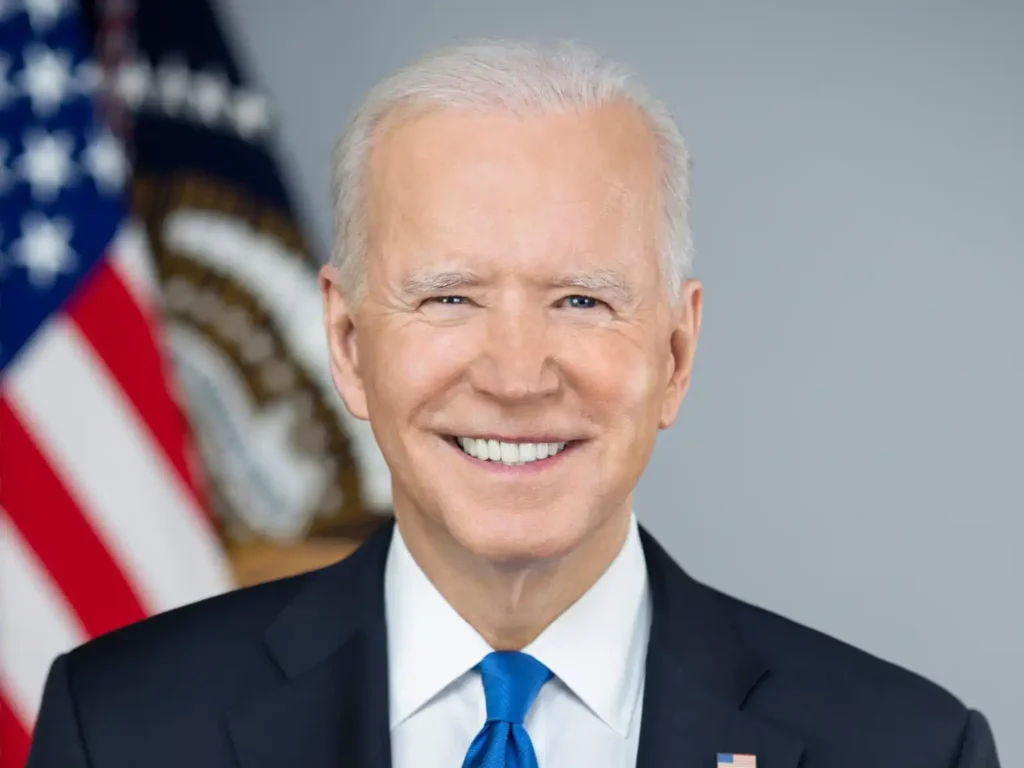Colorado, the “Centennial State,” has long captivated political observers with its chameleon-like tendencies. Once a Republican stronghold, it now stands firmly in the blue camp. But this transformation isn’t just a fleeting change – it’s a story of demographic shifts, ideological evolution, and the enduring appeal of the Rocky Mountains. In this article we will see in detail Is Colorado a Red or Blue State?
From Republican Stronghold to Swing State:

This timeline delves into the key moments that have shaped Colorado’s political identity:
1876 – Statehood and Early Populism: Colorado enters the Union as a territory-leaning Republican, influenced by the mining industry and Populist sentiment.
1920-2004: Republican Stronghold: For most of the 20th century, Colorado consistently votes Republican in presidential elections, with figures like Richard Nixon and Ronald Reagan finding strong support.
Historically, Colorado leaned red. From 1920 to 2004, the state consistently voted Republican in presidential elections, with figures like Richard Nixon and Ronald Reagan finding strong support. Economic factors, including a thriving oil and gas industry, fueled this conservative tilt. Colorado’s rugged individualism, agrarian backbone, and booming defense industry resonated with the Republican party more.

Source: Google Images, Richard Nixon and Ronald Reagan
2004: The Swing State Emerges: George W. Bush wins by a mere 5%, marking a turning point as Colorado’s demographics shift with an influx of migrants from liberal states. Colorado’s population surged, fueled by young, college-educated professionals drawn to the state’s stunning landscapes, thriving tech scene, and burgeoning cannabis industry. These newcomers, unlike their rural counterparts, often held more liberal-leaning values, prioritizing environmental protection, social justice, and progressive economic policies. The 2004 election became a turning point, with George W. Bush winning by a mere 5%. Colorado was officially a swing state.
2008-2012: The Obama Wave: Barack Obama wins Colorado twice, solidifying the state’s swing states.

Barack Obama
2016: Defying National Trends: Hillary Clinton edges out Donald Trump, cementing a significant blueward shift.
Why has Colorado turned Democratic?
However, demographics started to tell a different story. Between 1990 and 2020, Colorado’s population doubled, driven by migration from more liberal states like California and New York. This influx brought new values and voting patterns, diluting the Republican lead.
2020: A Double-Digit Blue Tide: Joe Biden wins Colorado by a double-digit margin, the strongest Democratic performance in state history. Democrats also sweep statewide offices and control the legislature.

Joe Biden
2022 and Beyond: A Complex Picture: While Democrats hold power at the state level, Republicans retain strongholds in rural areas, and independents remain a sizeable, influential bloc. This complexity reflects the state’s unique blend of individualism and progressivism.
Some Colorado politicians like State Representative Said Sharbini think two things are making Colorado’s politics change:
1. Politicians don’t get paid much: Lawmakers in Colorado get less money than in many other states, which makes it harder for people to want to be politicians. This could mean less experienced people running for office, or people choosing other jobs instead.
2. Politics in Colorado are getting rough: There’s been a lot of fighting and arguing in the state legislature lately, which can make it a frustrating place to work. This could be pushing some politicians to switch parties or even quit politics altogether.
Beyond Red and Blue: The Rise of Alternative Parties in Colorado
While Colorado’s political landscape leans blue these days, there’s a growing murmur of a different color – the vibrant purple of alternative parties. Disillusioned with the traditional two-party system, a segment of Colorado voters is turning to parties like the Forward Party and the Libertarian Party.
These alternative parties offer fresh perspectives on issues ranging from healthcare and education to environmental protection and economic policy. The Forward Party, co-chaired by former presidential candidate Andrew Yang, emphasizes pragmatism and data-driven solutions, while the Libertarian Party champions individual liberty and limited government.
Colorado’s political scene is anything but a simple two-party dance. Enter the Colorado Center Party, a rising force aiming to bridge the growing chasm between red and blue. Founded in 2021, this upstart party aims to attract voters disillusioned with the extremes of both major parties and offers a moderate voice in the state’s political discourse.
The Rise of the Center: The Center Party’s message resonates with a significant chunk of Coloradoans. Polls suggest growing dissatisfaction with the partisan gridlock and yearning for solutions that prioritize common ground over ideological battles. The Center Party taps into this sentiment, advocating for fiscal responsibility, social justice, and environmental protection, often from a more pragmatic and centrist perspective.
One key factor driving the rise of these parties is voter dissatisfaction with the two-party status quo. Many Coloradans feel that neither Democrats nor Republicans truly represent their values, leading them to seek out alternative options.
Furthermore, Colorado’s independent streak makes it fertile ground for alternative parties to take root. With nearly 30% of the electorate unaffiliated with any major party, there’s a sizeable pool of potential voters open to new ideas.
While the immediate impact of the Forward and Libertarian parties on Colorado’s political scene is still difficult to gauge, their presence is a significant development. Their growth could potentially alter the dynamics of future elections, forcing the Democrats and Republicans to adapt their platforms and address the concerns of a diversifying electorate.
It’s still too early to say whether these alternative parties will become major players in Colorado politics, but their rise is a clear sign that voters are yearning for something different. Whether they represent a fleeting trend or the beginning of a long-term shift in the state’s political landscape remains to be seen. However, one thing is certain: Colorado’s political chameleon is once again changing color, and the future of the state’s political scene promises to be anything but boring.
Current Political Conundrums
The recent barring of Donald Trump under section 3, 14th amendment of the Constitution from appearing on the ballot in future Colorado elections adds another layer of complexity. While some Democrats celebrate this as a blow to Republican extremism, others fear it may galvanize the GOP base.
The Future: Colorado’s political future remains unpredictable. The urban-rural divide, the growing independent vote, and national trends will all play a role. One thing is certain: Colorado will continue to be a fascinating political battleground, offering a glimpse into the evolving American political landscape.
Data paints a clear picture:
- Voter Registration (October 2023): Democrats – 1,173,534, Republicans – 1,004,534, Unaffiliated – 995,546.
- 2020 Presidential Election: Joe Biden (D) – 55.4%, Donald Trump (R) – 41.9%.
- 2022 Gubernatorial Election: Jared Polis (D) – 55.4%, Greg Lopez (R) – 42.4%.
- 2022 US Senate Election: Michael Bennet (D) – 56.4%, Joe O’Dea (R) – 40.6%.
- Party Control: Governor (Democrat), State Senate (21 Democrats, 14 Republicans), State House of Representatives (41 Democrats, 34 Republicans).
Beyond the Presidential Spotlight:
The Democratic wave spills beyond the presidential arena. Democrats currently hold majorities in both chambers of the legislature and the governor’s mansion.
But it’s not just Red vs. Blue:
Colorado boasts a sizeable unaffiliated bloc, exceeding 995,000 voters. These independent voters hold the potential to swing elections, keeping the political landscape dynamic.
Research Reveals Nuances:
- A 2023 University of Denver study highlights the growing Latino population’s role in shaping the state’s Democratic lean.
- A 2022 Colorado Public Interest Research Group study reveals an increasing urban-rural divide, with metropolitan areas embracing Democratic policies and rural communities remaining Republican strongholds.
The Road Ahead: Is Colorado Red or Blue State?
Colorado’s political future remains excitingly uncertain. While current trends suggest a sustained blue hue, factors like national political tides, the evolving priorities of unaffiliated voters, and the emergence of charismatic Republican candidates could alter the equation.
Questions for the Future:
- Will national partisan polarization continue to influence Colorado’s elections?
- Can Democrats maintain their appeal to unaffiliated voters and young professionals?
- Will Republicans successfully adapt their platform to attract new demographics?
- Can the state address its urban-rural divide and foster bipartisan solutions?
In conclusion, Colorado’s political hue is more than just a simple red-blue classification. It’s a complex and evolving story shaped by a multitude of factors. By understanding the data, research, and diverse perspectives within the state, we can gain a deeper appreciation for Colorado’s unique political tapestry and its potential to shape the future of American politics.

2 thoughts on “Is Colorado Red or Blue State?”